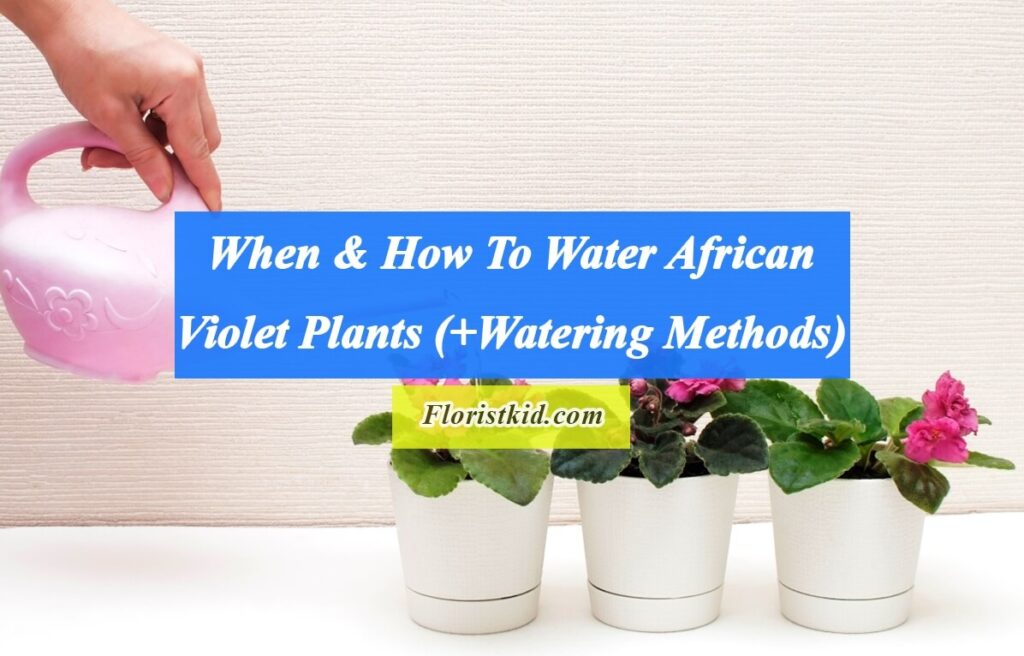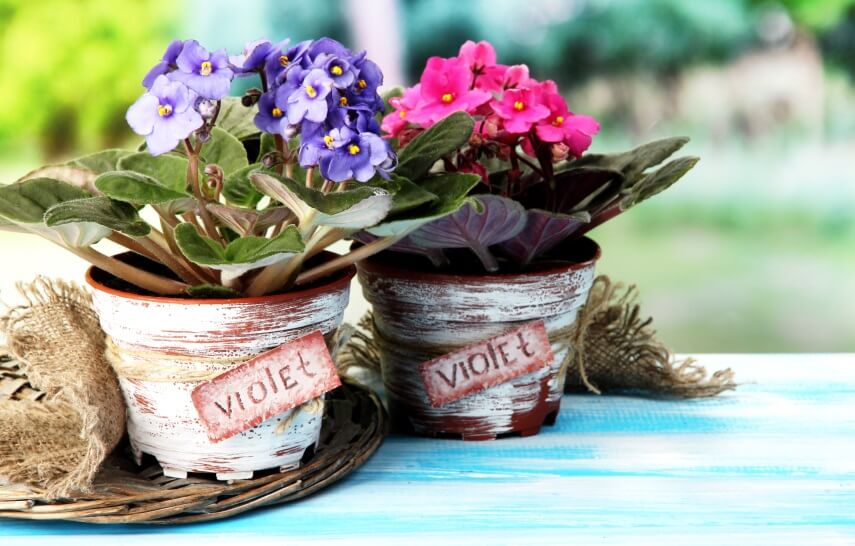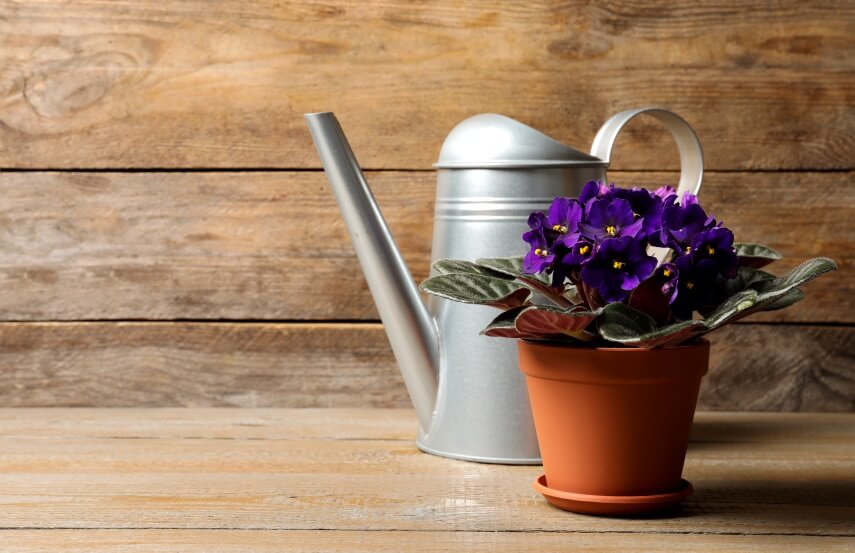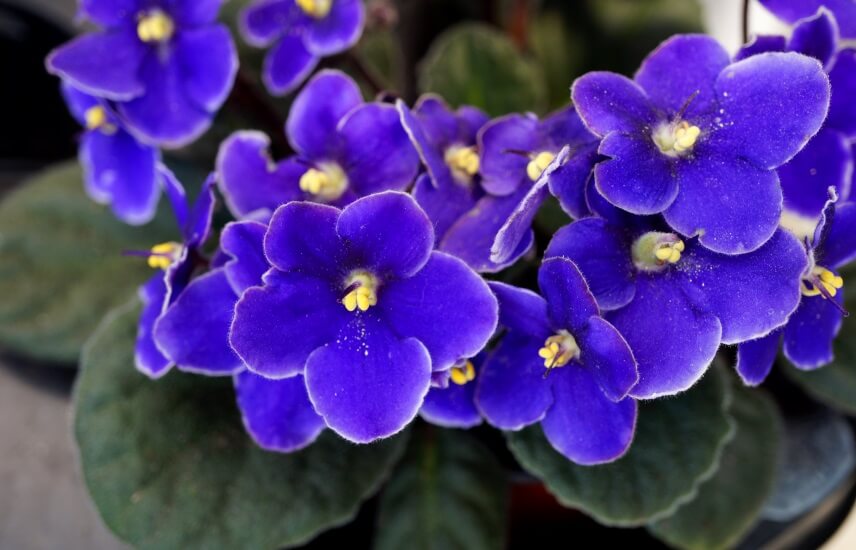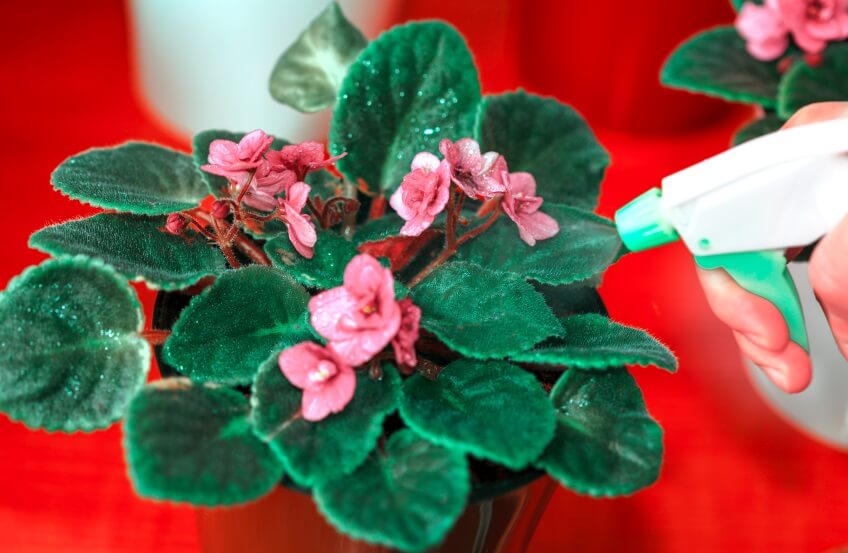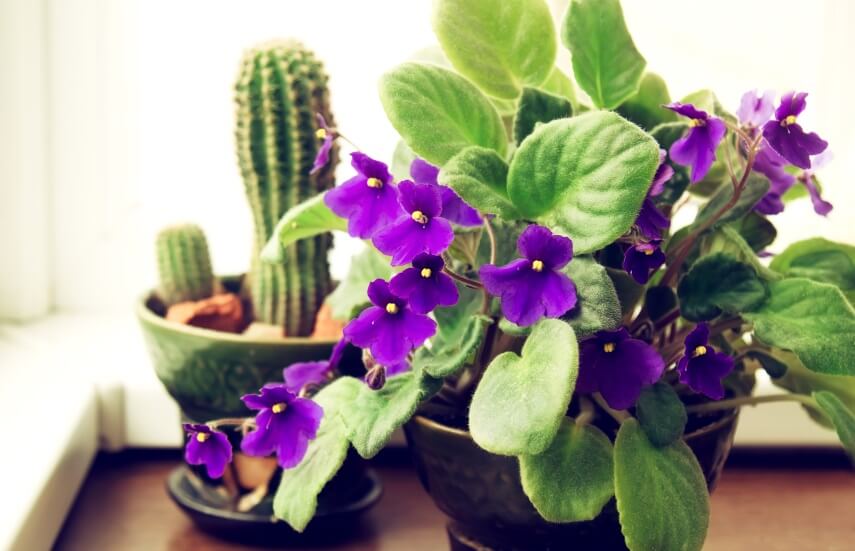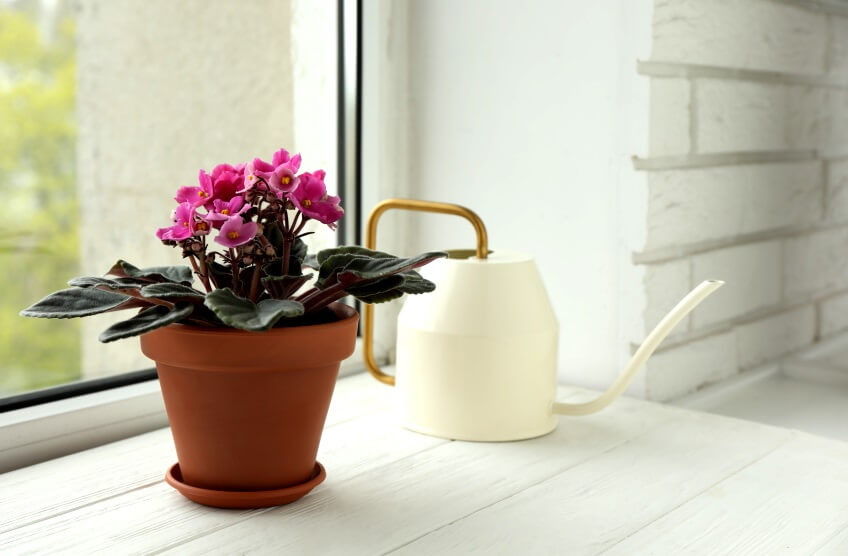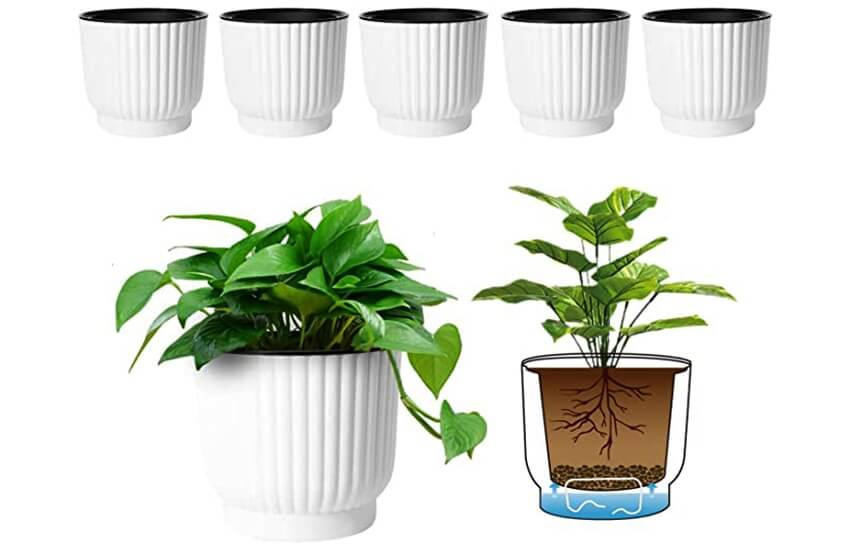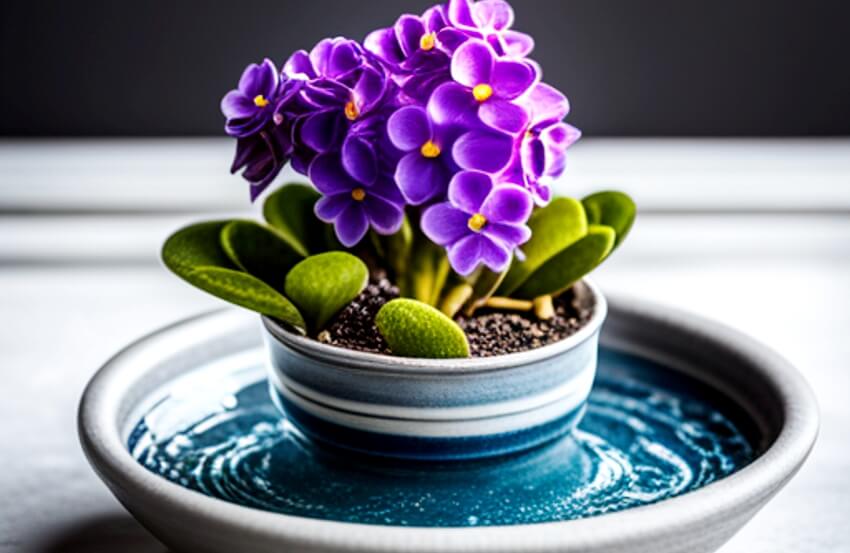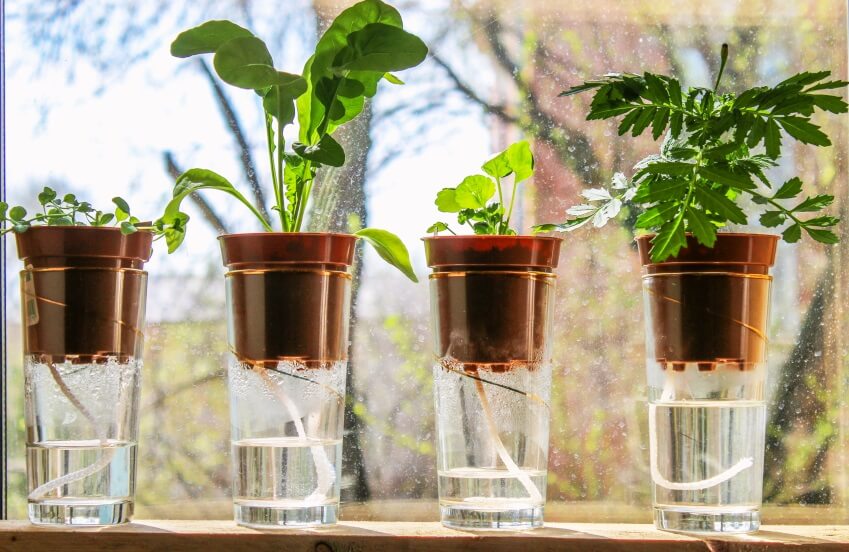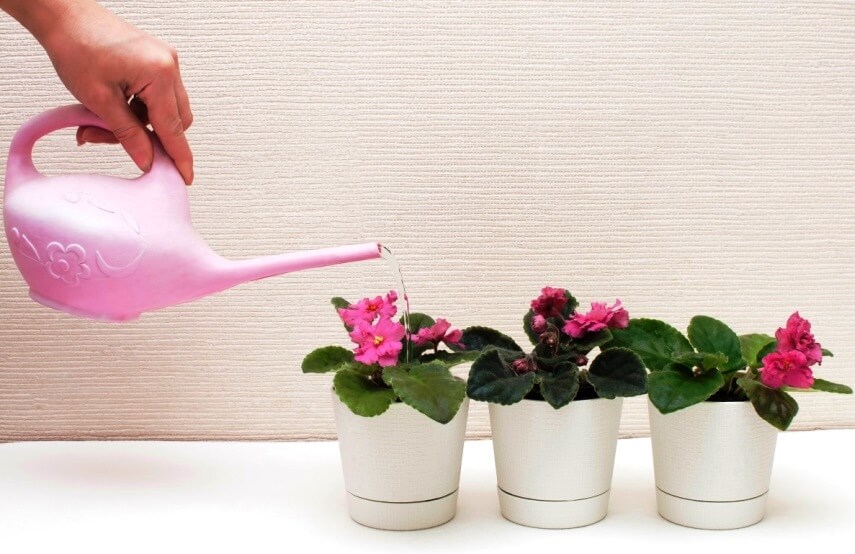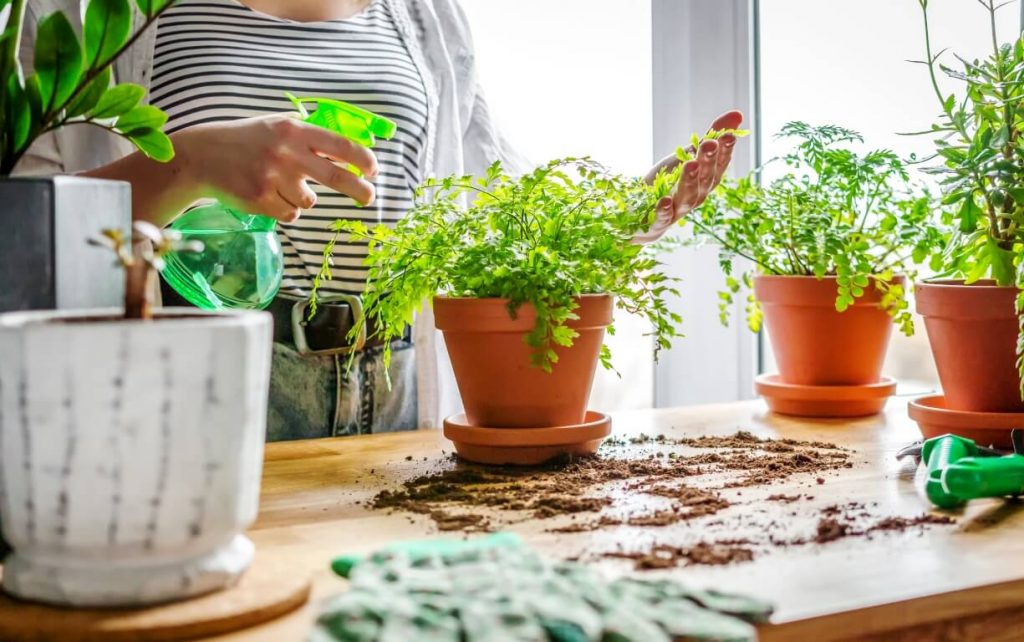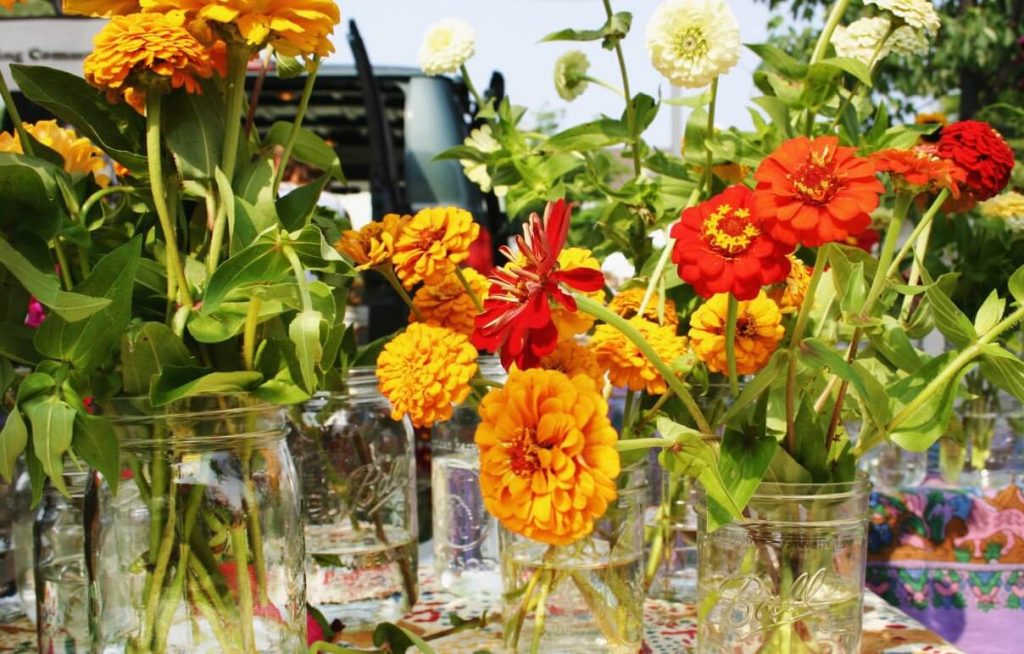One of the most popular indoor blooming plants is the African violet. As its name implies, it is native to the warm, tropical rainforests of eastern Africa, where it naturally grows along forested riverbanks and shaded forest floors.
These vibrant beauties need particular attention even though they have evolved into successful indoor plants. Water is one of the most crucial things that African violets require. This article will explain how to water African violet plants and discuss some often-asked questions about this wonderful plant.
If you are interested in this topic, you can also read
<<Best African Violet Soil>> and <<How Often To Water Spider Plant>> articles.
How Often To Water African Violets
How Often To Water African Violets Indoors
Although African violets are typically simple to care for, they need attention to grow. For instance, knowing how often to water your African violet plant is essential for its health.
Generally speaking, African violets need to be watered once a week; however, this might vary based on the surrounding condition and potting mix. You should water your plants more frequently if you live in a warm region. In contrast, you might only need to water them every other week if you reside in a cooler environment.
A basic rule of thumb is that the African violet soil should be allowed to dry up between waterings but not for an extended period of time. Determining how moist the soil is can help you decide how often to water African violets. The finger test is the simplest method for determining the moisture level in the soil.
To conduct this test, Place your finger within the potting soil. If the soil mixture is dry, then it is time to irrigate your African violet plant. If the soil is still wet, you should wait a few days before watering your plant.
How Often To Water African Violets Outdoors
In outdoor locations, the climate is quite important. You need to consider the local humidity levels in addition to the outside environment’s temperature. You should water your African violet plants more frequently if you live in a region with high humidity. On the other hand, you might need to water them less frequently if you reside in a low-humidity environment.
Here are some general recommendations for watering African violets outdoors:
- Dry weather: water your African violet plants every 3-5 days.
- Humid weather: water your African violet plants every 5-7 days.
- Warm weather: water your African violet plants every 2-3 days.
- Cold weather: water your African violet plants every 7-10 days.
Note: Remember that these are only general guidelines. Depending on the weather in your region, your African violets may require more or less watering.
How Often To Water African Violets In Summer
During the summer, African violets require more frequent watering. The soil may dry out fast due to the heat and dryness of the air. Typically, you should water your African violets every 5-7 days in the summer. You should water them every 2 or 3 days if you live in a hot region.
How Often To Water African Violets In Winter
During the winter, African violets require less watering. The soil will hold moisture for a longer period due to the lower temperatures and higher humidity levels. Typically, you should water your African violet plants every 5-7 days in the winter. Watering the African violets every 2 weeks might be necessary if you live in a chilly region.
How to water African violet plants
African violets often require just the right amount of moisture in the soil—never soggy. African violets that receive too much water become vulnerable to dangerous infections, including Pythium, Root Rot, and Crown Rot. Additionally, excessive watering might result in denitrification, which inhibits plants from absorbing the nitrogen they require.
Water Quality For African Violet
1) The water should be at room temperature or as close to the surrounding air as possible. African violets’ roots become chilled by excessively cold water, which causes the leaves to curl downward when the plant absorbs the cold water. Cold water can also result in leaf spots when watering plants from the top. Such spots are a type of necrosis and cannot be removed as such.
Note: It is always crucial to avoid getting water on the leaves of African violet, regardless of whether the water is at the right temperature or not. The only time this does not apply is when you are spraying your plants to quick-feed them or raising the humidity level in the area. Such misting will not leave behind large water droplets.
2) Avoid using soft water. The soil’s saline content rises when soft water is used. This will change the soil’s pH and electrical conductivity. As a result, African Violet’s capacity to absorb water and nutrients will be reduced.
3) Do not use highly chlorinated water. Although some chlorine is required for photosynthesis to take place, African Violets only require a small amount, approximately 70–100 ppm. Small traces like these in the water will not be detectable by smell.
If you can smell chlorine, it means that your water has too much chlorine. Utilizing high-chlorine water can result in leaf burn and reduced flowering. If there is no available alternative supply of water and you have highly chlorinated water, pour the water into a container and leave it overnight to allow the chlorine gas to escape.
How To Know When African Violets Need To Be Watered?
It’s easy to determine when to water your African violet. Gently press into the soil with your finger. Water should be added if the mixture feels extremely dry. Allow your African Violet to sit for a few days if the mixture feels damp, and then check back.
The African Violet may also need to be watered if its middle leaves appear limp, dull, or droopy.
Note: Do not overwater the soil; just water it when the soil is dry. African violets that receive too much water may develop crown or root rot.
Best African Violet Watering Methods
There is no reason to be afraid of watering African violets. There are several watering techniques that may be even simpler than standard watering. Check out these four watering techniques to learn how to water African violet plants.
Self-Watering Pot
This is one of the most widely used techniques for watering African violets since it lets your plant take care of itself. This is how it works:
- Self-watering pots are made of two parts. The first container, which is deeper, is filled with soil and the plant, and the second container, which is filled with water, is positioned below the first one.
- African violet takes up water through the bottom of the first pot, which prevents over-watering.
- As the water runs out, you need to refill it (usually every two to three weeks).
Source: Amazon website
Bottom Watering
This technique includes submerging your plant in a saucer of water so that it can absorb moisture through the drainage pores in its pot.
For 25 to 50 minutes, submerge your plant in a shallow saucer of water. If you check on it and there is still water in the dish, it means that your plant has absorbed all the water it requires. If the water is gone completely, add a little extra and give your plant another 10 to 15 minutes to absorb.
Wicking Method
This technique is similar to self-watering pots. In fact, it is a DIY self-watering pot. By using this watering method, the African violet’s root ball receives consistent moisture without the soil becoming excessively saturated.
All you need to do is to thread a special watering wick through the drainage hole before putting the soil and plant in the pot. The wick draws moisture from the air within via the drainage hole and into the water reservoir.
Top Watering
If you decide to top water your plant, You must use long, skinny-necked watering cans. By aiming the nozzle beneath the leaves, you may water your soil while keeping your plant leaves dry.
Watering tip: Fertilizer salts may accumulate in your plant’s soil as a result of bottom watering. If you want to use the bottom watering technique, it is better to water the African violet with a long-necked watering Once every 3 to 4 months. This is necessary to flush away the accumulated salts.
Watering African violet FAQ
How often does African violet need watering?
Except self-watering techniques, other strategies necessitate that you water your plant yourself. Wait until the African violet is completely dry before watering again. Start irrigating your plant if the soil feels dry and abrasive when you press your finger into it.
What are the symptoms of African violet over-watering?
African violets are prone to root rot. This usually happens as a result of over-watering. If left untreated, root rot can lead to various issues and ultimately destroy your plant. Here are the symptoms of African violet over-watering:
Symptoms of Over-watering
- leaves turning wilted and brown
- Lower leaves turning mushy and squishy
- Pale or discolored leaves
- The base and plant separate.
Remove your plant from the pot and carefully brush the soil from the roots if you observe any of the abovementioned signs. Trim any plant sections that appear to be rotting, and think about using a root rot spray to deal with this problem. Repot your African violets in specific potting soil, and change your watering plan if necessary.
Why is African violet watering so different from other plants?
In the wild, the forest canopy shields the African violet's leaves from the sun's glare. That is why African violets produce fantastic low-light plants. Unfortunately, this also makes their leaves extremely sun-sensitive. When exposed to sunlight, African violet leaves that have been wet will turn brown and form white rings.

